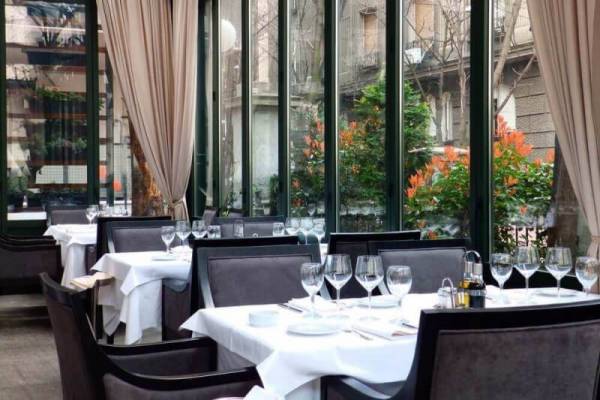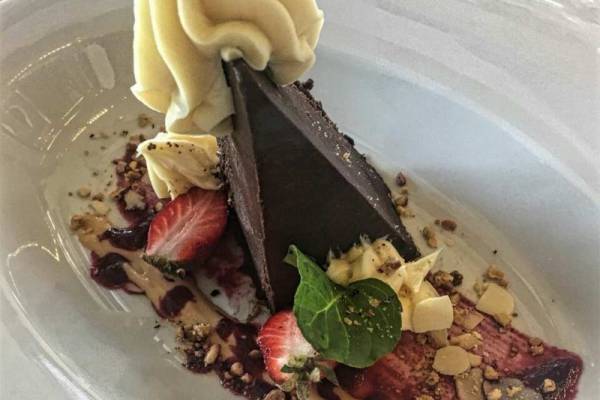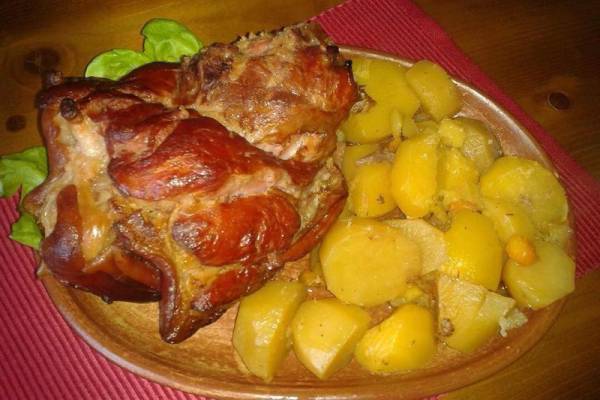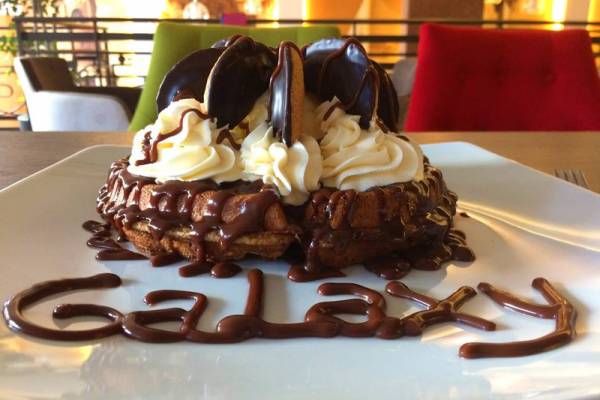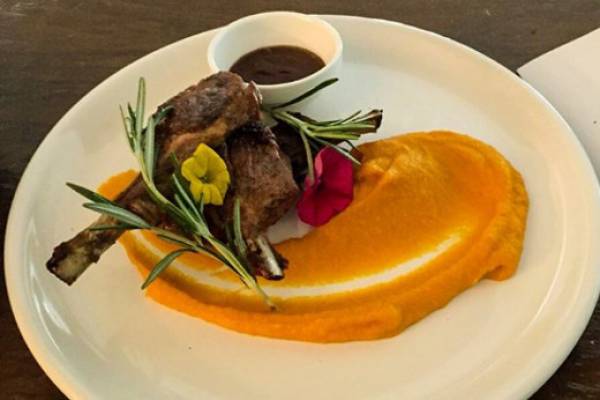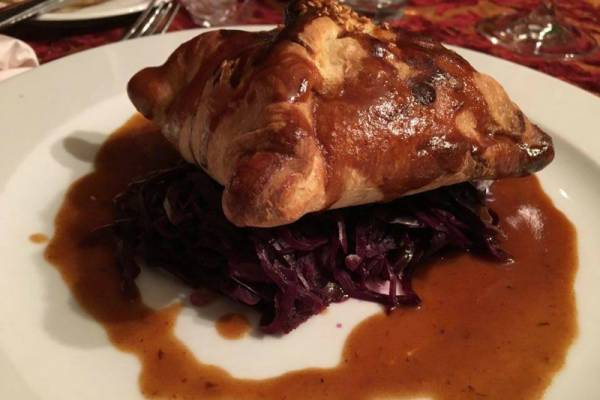
If you ever steped into Serbia, you tried rakia. Wanted or not, your friends or acquaintances surely convinced you to try it. In the matter a fact, that is probably the second question that any Serbian who you meet will ask you. „Where are you from“, „Have you tried the rakia?“, and then when you do try it, they will ask about your name. Yes, rakia is a very important drink in Serbia. It's a very fine, but strong drink which you should drink in moderation. There is a lot of kind of rakia, and here is what you need to know about it.
1. Rakia is made of fruit, and the most commen is made from plums, and it' usualy the cheapest. Very popular is the rakia made from quince, apricot, raspberry.
2. It can be made with addition of honey, and it's named „medovača“. it's a bit sweeter, but don't that fool you - it kicks hard.
3. Komova rakia is prepared the same as sljivovica, except it is made from the mash that is left out of grapes for wine with the addition of up to 5% sugar.
4. There is also a grape rakia is about the same as the previous two, except that the used mash is pure grape.
5. Industrial rakia contains about 40% of alcohol, but domestic rakia is usualy much stronger, and it can contain 50, 60 or even 70% of alcohol.

6. “Rakija delivers health” is tradicional saying that is still consider true, especially in the rural parts of the country. There is a modern moto regarding this drink, based on the Nokia slogan – “Rakia connecting people”
7. Don’t be surprised if you are visiting someone’s home - rakija is offered to guests with no consideration for time of day.
8. It’s considerd healty if you start your day with a glass of domestic, plum rakia.
9. “Šumadijski čaj” (Šumadia’s tea) is a name for boiled rakia.
10. Every year there is a “Rakia fest” where you can try many different kinds of rakia and enter a drinkig contest with a locals (don’t!).





